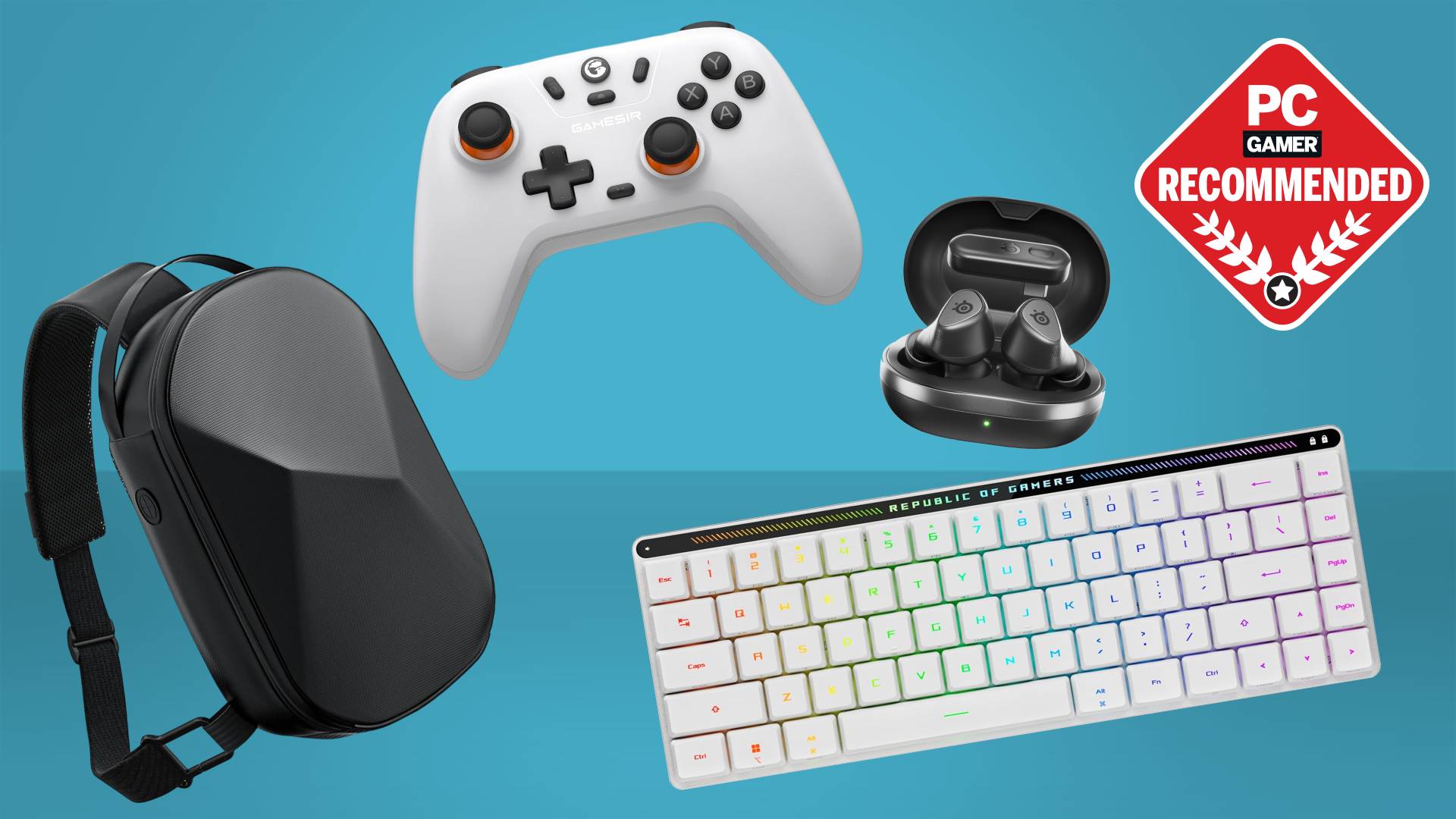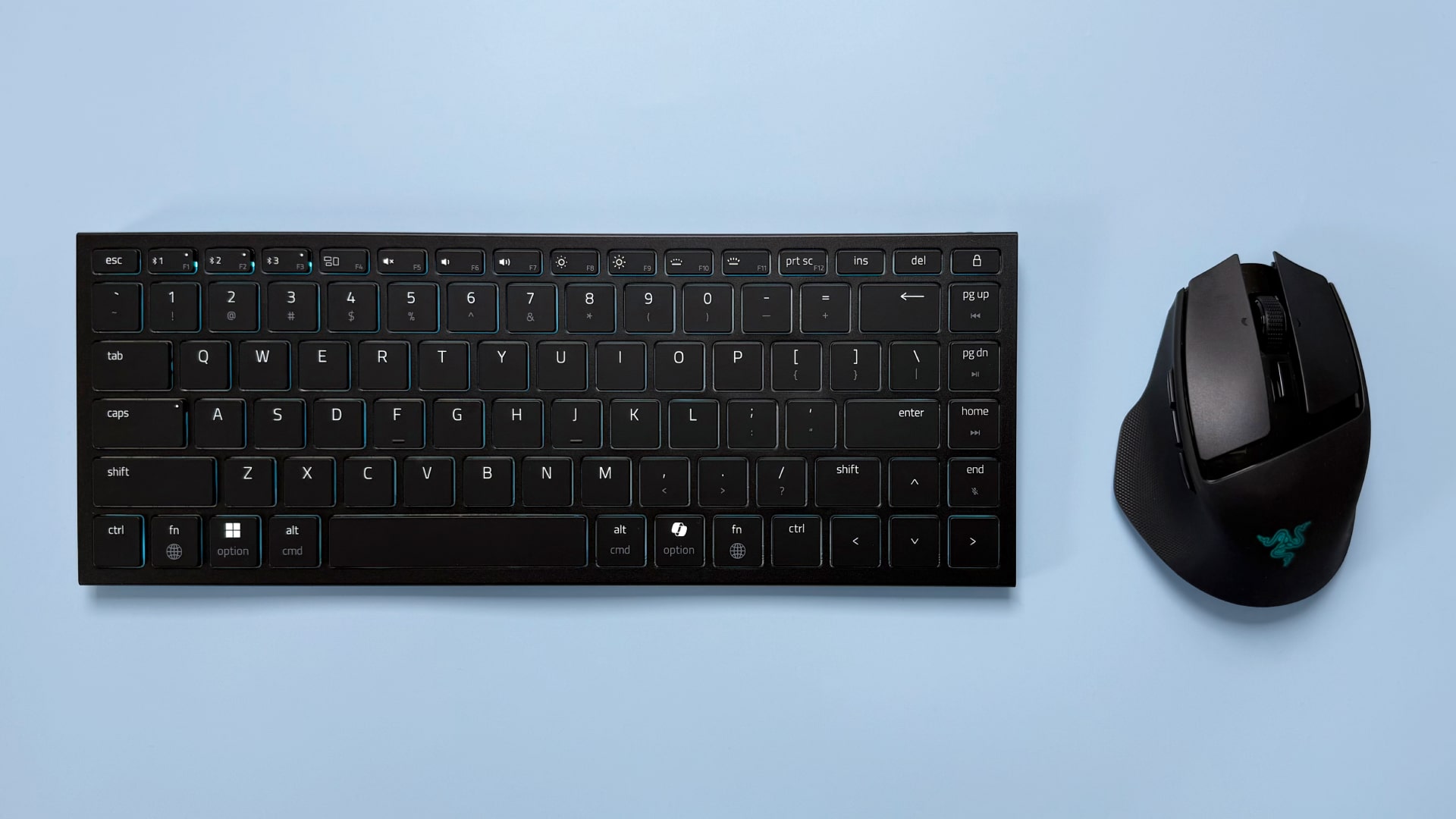Homefront: The Revolution interview - new publishers and guerrilla warfare

Homefront: The Revolution might be fun, but I had trouble making that call during my 15 minute demo. I enjoyed driving a motorbike up ramps and over fences, but I didn't have much time to familiarize myself with its crafting and gadgets, and the demo at PAX was set up with an Xbox One controller, which I'm not used to with shooters. So, I couldn't aim for crap, and one time I drove a remote controlled car bomb into a patrol and accidentally backed out of its controls instead of detonating it. So I just drove an RC car up to a bunch of armed soldiers and then looked up and shrugged, essentially. I died running away.
There's meant to be a focus on improvisational play in Homefront, where American resistance soldiers scramble through an open-world Philadelphia having skirmishes with the occupying Korean soldiers. For me, though, 'improvisation' meant running away while jamming healing serum into my wrist. I didn't cleverly modify my guns or disrupt patrols with explosives. I ran away from flying robots, feeling a bit confused as to why I'd want to be a rebel in futuristic occupied America. It was all pretty gloomy.
But I can't judge it well now, as games like Homefront are hard to demo quickly. I needed to be introduced to its environment and tools a little more gently if I was going to use them creatively and constructively. So, my lacking abilities in mind, I had a chat with senior narrative designer C.J. Kershner (which you can watch above) about the intentions behind Homefront. We also talk about the game's ride through multiple publishers, which has taken it from THQ to Deep Silver.
Homefront: The Revolution releases spring 2016, with a multiplayer beta coming this winter.
Keep up to date with the most important stories and the best deals, as picked by the PC Gamer team.

Tyler grew up in Silicon Valley during the '80s and '90s, playing games like Zork and Arkanoid on early PCs. He was later captivated by Myst, SimCity, Civilization, Command & Conquer, all the shooters they call "boomer shooters" now, and PS1 classic Bushido Blade (that's right: he had Bleem!). Tyler joined PC Gamer in 2011, and today he's focused on the site's news coverage. His hobbies include amateur boxing and adding to his 1,200-plus hours in Rocket League.

